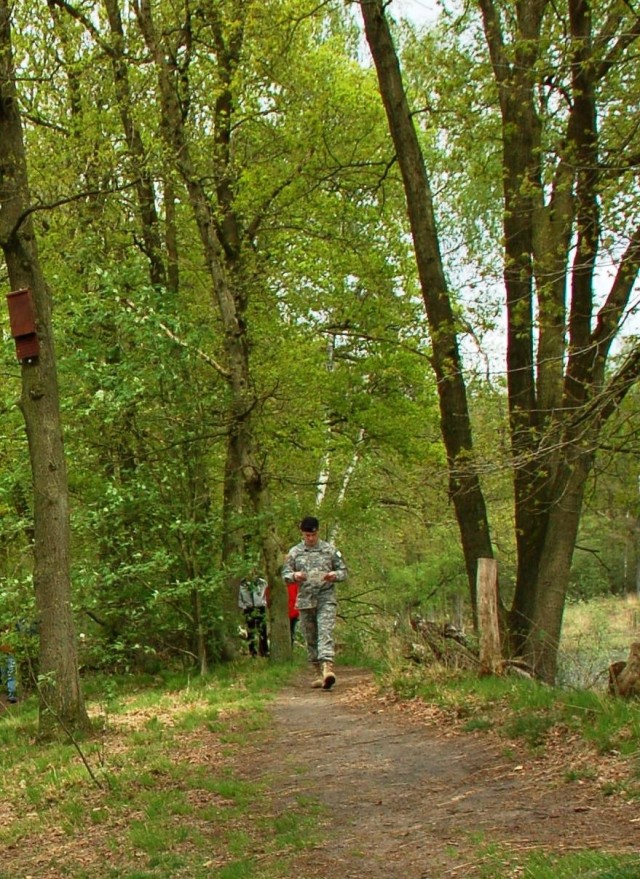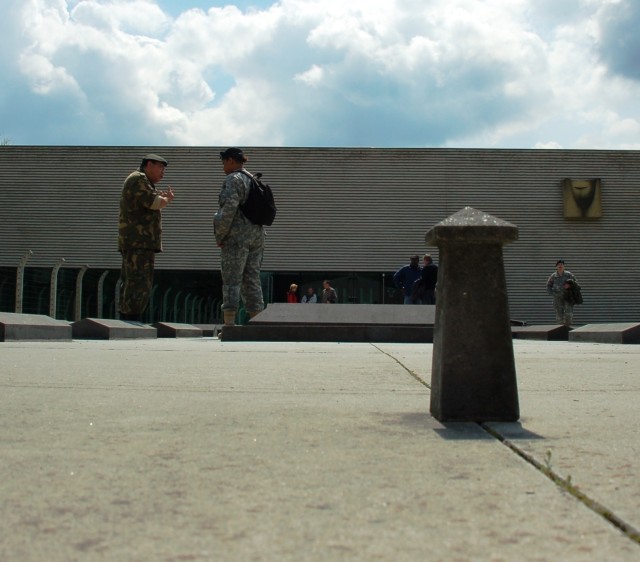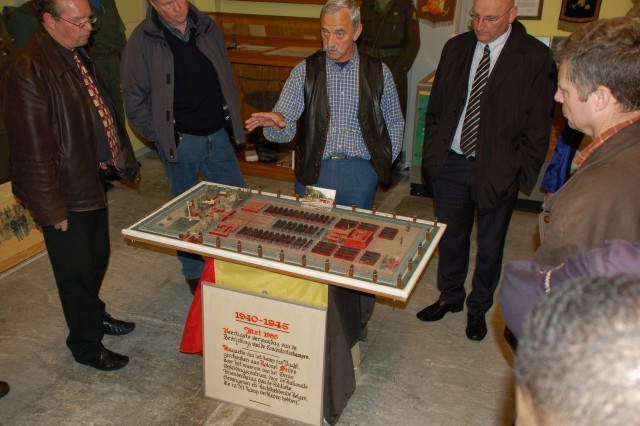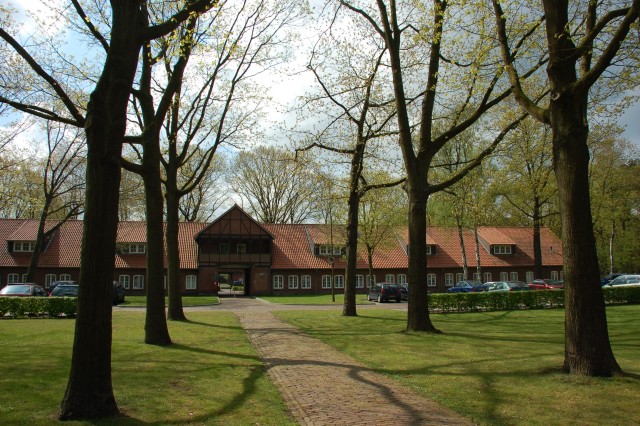VUGHT, the Netheralnds -- Imagine a perfect summer's day and in little more than an hour you find yourself in a picture-perfect forest where quiet walking paths bend and wind on the outskirts of a beautiful Dutch town.
Then blink to discover the World War II bunker surrounded by parked cars for the employees who work at the now modern-day high security prison.
You've just discovered Van Brederodekazerne in Vught, Netherlands. Its billing as one of the top places to live in the Netherlands and the site of a former SS concentration camp mixes into a surreal location to relax, reflect and learn something new.
Van Brederodekazerne and Vught offer a day full of eye-opening experiences.
It's the home of the Dutch Royal Engineers. There is a museum open to the public that boasts a courtyard full of equipment on display and a vast array of indoor exhibits. The museum could easily consume your historical interests for a couple hours and they have a place to eat both indoors and out.
Admission is only Ac'A!2 for adults and Ac'A!1 for children 12 or younger. Groups of 15 or more receive a 15 percent discount. You can learn more at http://www.geniemuseum.nl/ .
On display in the museum is a model of the 1942-version of the camp and when you walk outside you'll discover that some of the facilities are still in use. The most imposing building that remains is a huge cement bunker that is now the confinement facility for some of Holland's most notorious criminals.
Unlike North America where facilities like museums and prisons may be far apart from one another, the walk from the engineer museum past the prison to the next point of interest, the Camp Vught National Memorial, is hardly a 5-minute walk.
Camp Vught National Memorial is where a sad chapter in human history is captured and intends, through education and remembrance, to prevent similar chapters in the future. Admission is Ac'A!2.50 for adults, Ac'A!1.50 for children 10 to 12 and free for children under 10. You can learn more at http://www.nmkampvught.nl/ (then click "ENG" for English).
When the camp was built in 1942, the notion that prisoners at the camp would remain there and be released at the end of the war was common. Less than 750 prisoners lost their lives at the camp. However, approximately 30,000 were transferred to camps in Germany and Poland where they found their fate.
The exhibits in the Camp Vught National Monument respectfully and somberly capture camp life. It was in operation from 1942 until 1945 when Canadian forces liberated the camp. Visitors can walk through a life-sized example of the prisoner's living quarters and stand behind the fences and moats that were once guarded by soldiers in watch towers.
Just a five-minute walk outside the Camp Vught National Monument is a beautiful footpath that winds into a forested area. Hidden waterways meander, passers by may be found coaxing their dogs back onto dry land and calm reigns as winds curl amid the forest.
There are plenty of things you can do with your time and to start a day trip by telling everyone that they'll learn something may dampen the expectations. On the other hand, if you travel to the address 'Van Brederodekazerne, Lunettenlaan 102, 5263 NT, Vught, NL' and tell everyone that they're in for a surprise, you'll be glad you made the trip!










Social Sharing